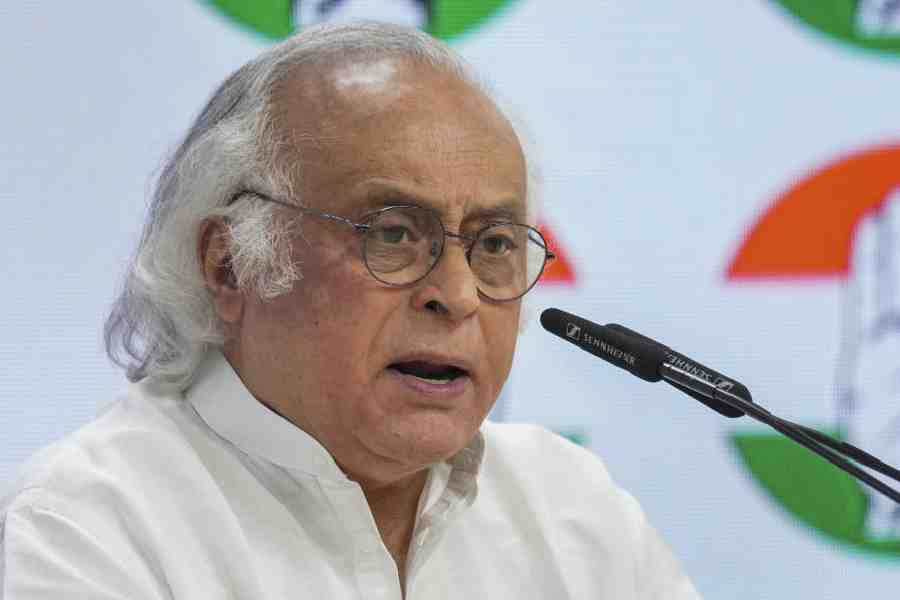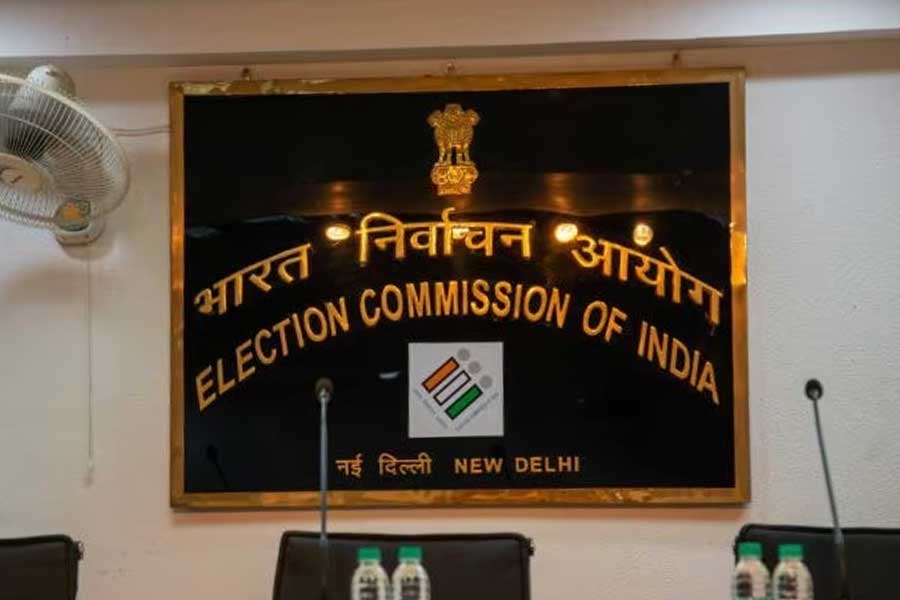Chaibasa, May 25: Members of the Ho community now have a voice in Ashoka Sen, a researcher, to represent them in global academic circles.
The April issue of the Journal of South Asian Studies published by Monash University, Australia, carried an article by Sen on the characteristics and problems of the Ho tribe of West Singhbum.
The 61-year-old Sen, who recently retired from one of the oldest colleges of Chaibasa — Tata College — has scripted the paper that delves into the stratification of the Ho community.
The paper, Process of Social Stratification in the Lineage Society of Kolhan in Singhbhum, reportedly deals with the issue in great details.
Prominent contributors to the paper are Ian J. Kerr of the School of Oriental and African Studies, University of London, Celayne Heaton- Shrestha of Kingston University, Surrey, England, Michael Roberts of the University of Adelaide and other scholars. There are 1,692 villages spread across 15 blocks in 204 panchayats of West Singhbhum. While over 85 per cent of the local population is into agriculture, villagers of the Saranda forest depend on forest products for their livelihood.
The paper delineates, conceptualises and criticises the colonial structure of the Ho community of South Chhotanagpur, with special focus on the Singhbhum-Kolhan division.
A regional researcher told The Telegraph that the paper underlines two major aspects of the Ho community. “First, it examines the British ethnographic and anthropological assumption of a basically egalitarian and homogeneous Ho society. Secondly, the research paper probes into the classification of Ho society based on the acquisition of land resources. Besides, it sheds light on the divergence of the historical and anthropological literature on Ho tribes developed during the past colonial decades,” he said. Sen’s first paper on tribals was published in the Nineteenth Century Studies, a journal published from Calcutta, in 1976.
The retired professor of history of Tata College believes that even tribals are classified into various sections.
“As far as this district is concerned, the Manki-Munda class is considered superior to the natives. Under the Wilkinson Rule, they are entitled to collect revenue from villagers. In return, they get a share of the gross revenue. Besides, they possess a larger pie of village land than the natives,” Sen, who joined the college in 1965, said.
Speaking on the principal reason behind the stratification of tribal society, the middle-aged Bengali researcher said land played a key role in such classification. “The fertility and geographical location of patches of land, the traditional Manki-Munda system and limited rights over forest land under the Khutkatti rights also play a significant role. The introvert nature of tribal society is also a factor here,” he added.
The researcher said publication of the article in the journal has taken the issue beyond the borders of the country.











